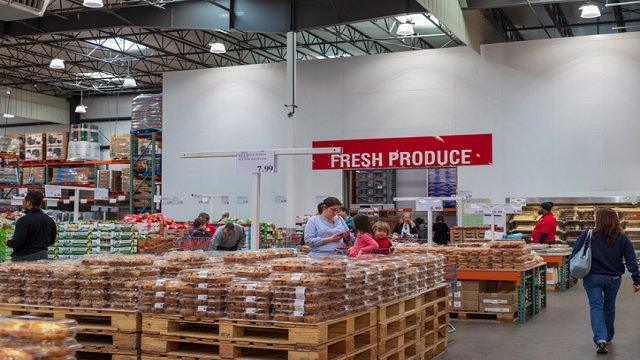
Millennials and members of Gen Z famously prefer experiences over products. Common critics claim this anti-materialism will doom the retail industry, but so far that hasn’t been the case.
Despite claims to the contrary,retail is thriving. Our recent State of Consumer Behavior Report found 57.5% of consumers over the age of 35 prefer to shop at physical locations while 45% of consumers age 18 to 34 still prefer to shop at physical locations.
Some companies have failed to adapt and been forced to close stores, but their retail sales models didn’t kill them — their failure to provide great in-store experiences did.
Give customers what they want and ensure retail success in the 2020s by taking advantage of the top five trends shaping the future of the in-store experience.
1. Omnichannel tech-driven journeys
Savvy retailers know that the customer journey begins long before the customer opens the front door. Technology empowers shoppers to do research before, during, and after their purchases. Buyers can read reviews, talk to others who have used the product, compare prices to similar options, and find multiple stores in the area selling comparable goods, all from a smartphone.
Instead of digging trenches to go to war with ecommerce, retail brands should embrace the role technology plays in the buyer journey. Understanding how customers arrive in the store empowers retailers to provide experiences that meet the expectations of people who are used to curated online experiences. In some cases, that may simply mean placing products in certain areas. In others, it may mean designing established processes to help customers evaluate, test, and buy big ticket items to set the foundation for a long-term relationship.
2. Unique share-worthy moments
The age of immediacy and the rise of social media have created a culture obsessed with FOMO, fear of missing out. Millennials and Gen Zers don’t necessarily want the nicest products on the shelves. Instead, they prefer unique experiences they can brag about online. Retailers must find the balance between driving visitors toward purchases and providing memorable experiences to keep customers coming through the door.
People define parts of their personalities through the brands with which they engage. Take advantage of that by designing events that reinforce the values the company shares with its fans. A hiking store, for example, might host a gear exchange once a month. Board game sellers can host tournaments. Bookstores can invite local authors to sign autographs.
3. Connected and complementary products
When customers shop online, they don’t just buy one product and leave. Instead, they browse related products, see immediate comparisons, and get a quick picture of how their chosen option exists within the ecosystem of the industry. Retailers can create a better version of this complementary connectivity by designing an in-store experience that makes it easy for customers to drift from one related item to the next.
Placement plays an issue, but businesses cannot expect their layouts to do all the work. Dynamic digital signage and employee training also play large roles. When customers can follow their eyes on a journey from one product to the next, retailers benefit from the increased exposure and time spent in store. Employees who know product lines well can further the experience by providing meaningful assistance to customers in need.
4. Digital in-store promotions
Before smartphones took over the world, customers had to clip coupons to get discounts. Those days are long gone. Today’s retailers can and should take advantage of digital opportunities to provide in-store promotions and deals to shoppers as they walk through the aisles.
Some options allow retailers to offer discounts based on in-store location. That may work in certain circumstances, but retailers with smaller stores and retailers who don’t want to cut prices on everything should consider alternative digital boosts. Social media integrations, for instance, can encourage shoppers to share something in store to receive a discount. Options like this can provide both the shareable experiences and the digitally driven discounts today’s buyers expect.
5. Custom and co-created content
Speaking of social sharing, customers love customization. Whether that means personalized subscription boxes, customized products, or a shared moment on social media, modern consumers can’t get enough of branded cooperation. Give them all that and more by hosting social media contests and providing opportunities for customers to deepen their engagement with the brand.
Host events that let customers create their own styles or products. Take a smaller version of the store to an event in the area as a pop-up or host a complementary brand in the main store as a special event. Post clearly visible instructions on how customers can get involved with the brand’s content to deepen the immersion and create an experience that extends beyond the walls of the business.
Don’t be fooled when sensationalist headlines make a big deal out of retailers that close shop in 2020 and beyond. Stay focused on great experiences and keep up with the latest in customer expectations. With a bit of vigilance and creativity, anyone can create in-store experiences that delight customers and keep the crowds coming back for more.
Bobby Marmahat is the CEO of Raydiant — a Digital signage and in-store experience solutions provider.

